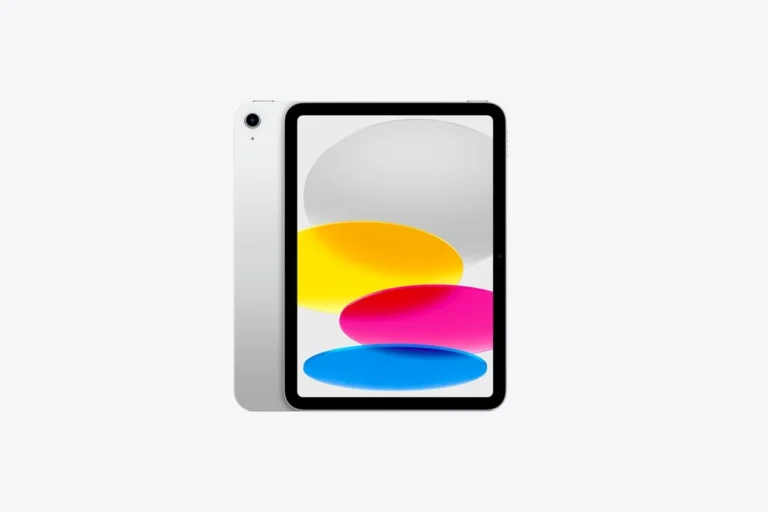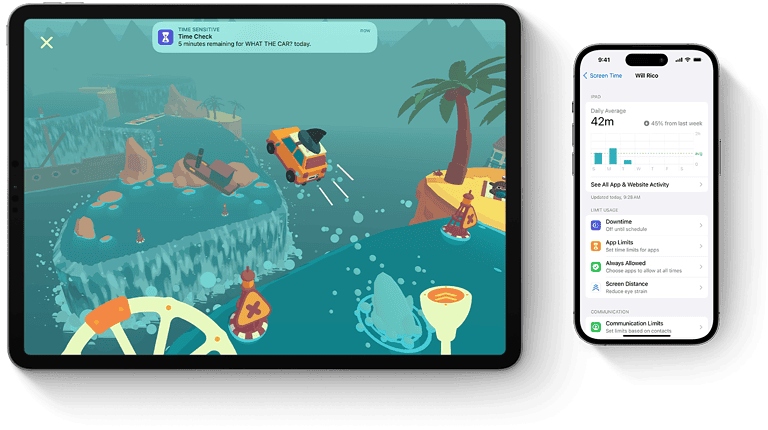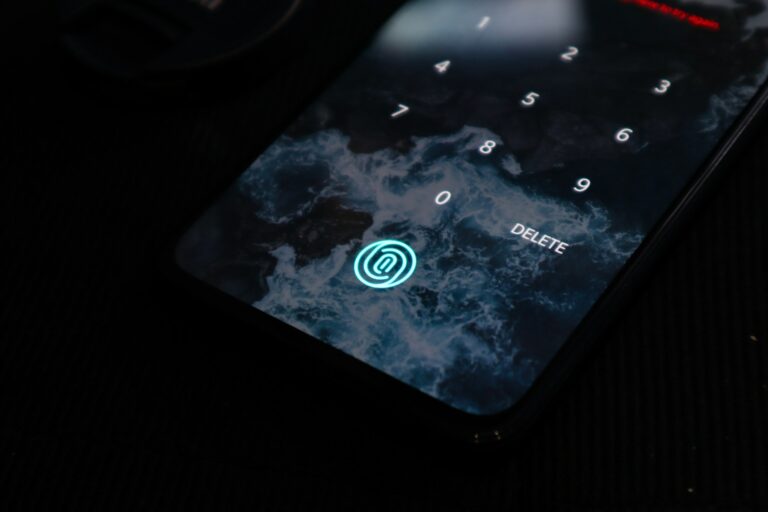
Apple’s Safari 26.1 update — released on November 3, 2025 — arrived alongside macOS Sequoia 15.7.2, macOS Tahoe 26.1, and iOS 26.1. The update introduces improved privacy protections, WebKit performance boosts, and enhanced compatibility with the latest web standards.
However, many users have reported issues after updating — including pages not loading, Safari freezing, missing content, or sites rendering incorrectly. If Safari 26.1 isn’t working properly on your Mac, iPhone, or iPad, here’s how to fix it.
1. Safari Won’t Load Web Pages
Symptoms:
- Safari shows a blank page or “Cannot open page” error
- Only some websites load
- Pages hang indefinitely
Fixes:
- Check your internet connection.
Try opening another app (like Mail or App Store) to confirm connectivity. - Clear Safari cache:
- On Mac: Safari → Settings → Advanced → Show Develop menu in menu bar → Develop → Empty Caches
- On iPhone/iPad: Settings → Safari → Clear History and Website Data
- Disable extensions:
- Safari → Settings → Extensions → Turn off all extensions, then test again.
- Reset DNS settings:
- Go to System Settings → Network → Wi‑Fi → Details → DNS and remove custom entries.
- Try using Google DNS (8.8.8.8) or Cloudflare DNS (1.1.1.1).
- Restart your device — temporary network caches often cause these issues.
2. Safari Freezes or Crashes on macOS Tahoe 26.1 / Sequoia 15.7.2
Many users on Apple’s forums have reported Safari 26.1 freezing or quitting unexpectedly after the latest macOS updates (Apple Community).
Fixes:
- Update macOS:
- Go to System Settings → General → Software Update and install any pending patches (Apple may release Safari 26.1.1 soon).
- Clear browsing data:
Safari → Settings → Privacy → Manage Website Data → Remove All. - Disable experimental features:
Develop → Experimental Features → Restore Defaults. - Reset Safari preferences:
Delete the Safari plist file:rm ~/Library/Preferences/com.apple.Safari.plistThen restart Safari. - Create a new user account to test if the issue is profile‑specific.
3. Safari Pages Load Incomplete or Flicker
Symptoms:
- Only part of the webpage loads
- Screen flickers or scrolls erratically
- Embedded videos or maps don’t appear
Fixes:
- Disable content blockers or ad‑blocking extensions.
- Turn off “Use Reader automatically” under Safari → Settings → Websites → Reader.
- Reset WebKit cache:
rm -rf ~/Library/Caches/com.apple.Safari rm -rf ~/Library/Caches/com.apple.WebKit.* - Disable hardware acceleration:
Go to Develop → Experimental Features → GPU Process: Canvas Rendering → Disable (temporary workaround reported effective by users).
4. Safari Sync or iCloud Tabs Not Working
Fixes:
- Sign out and back into iCloud:
System Settings → Apple ID → Sign Out → Restart → Sign In. - Enable Safari in iCloud settings on all devices.
- Check iCloud system status:
Visit Apple’s System Status page. - If syncing remains inconsistent, toggle iCloud Keychain off and back on.
5. Safari Slow or Consuming Too Much Memory
Fixes:
- Close unused tabs — Safari 26.1 preloads tab content for faster switching, which can use memory.
- Turn off tab previews:
Safari → Settings → Tabs → Show Tab Preview on Hover → Off. - Disable “Preload Top Hit in the Background.”
- Run Maintenance:
defaults write com.apple.Safari IncludeInternalDebugMenu 1Then open Debug → Empty Caches and Reset All Settings.
6. Safari Extensions Not Working
Fixes:
- Update extensions via the App Store.
- Enable “Allow Unsigned Extensions” (for developers).
- Reinstall extensions one by one to identify conflicts.
- Reset Safari permissions:
System Settings → Privacy & Security → Extensions → Safari → Reset Permissions.
7. Safari Not Playing Videos or Audio
Fixes:
- Enable JavaScript and Media Autoplay:
Safari → Settings → Websites → Auto‑Play → Allow All Auto‑Play. - Disable content blockers for affected sites.
- Update codecs by installing the latest macOS updates.
- Reset PRAM/NVRAM (Intel Macs) or restart (Apple Silicon Macs).
8. Reinstall or Downgrade Safari
If none of the fixes work:
- Reinstall Safari by reinstalling macOS Sequoia 15.7.2 or Tahoe 26.1 via Recovery.
- Downgrade Safari (advanced users only):
- Restore from a Time Machine backup made before the update.
- Note: Safari cannot be manually downgraded without reinstalling macOS.
9. Keep Safari Stable
- Keep macOS and iOS fully updated.
- Avoid unsupported Safari extensions.
- Regularly clear caches and website data.
- Check Apple’s Safari support page for known issues and patches.
Final Thoughts
Safari 26.1 delivers faster browsing and stronger privacy, but early bugs have caused frustration for some users — especially on macOS Tahoe 26.1 and Sequoia 15.7.2. Most problems can be fixed by clearing caches, disabling extensions, or resetting Safari preferences.
If Safari continues to malfunction, contact Apple Support or wait for Safari 26.1.1, which Apple is expected to release soon to address these stability issues.






